-
How Post-Soviet countries in Central Asia are redefining their identities.
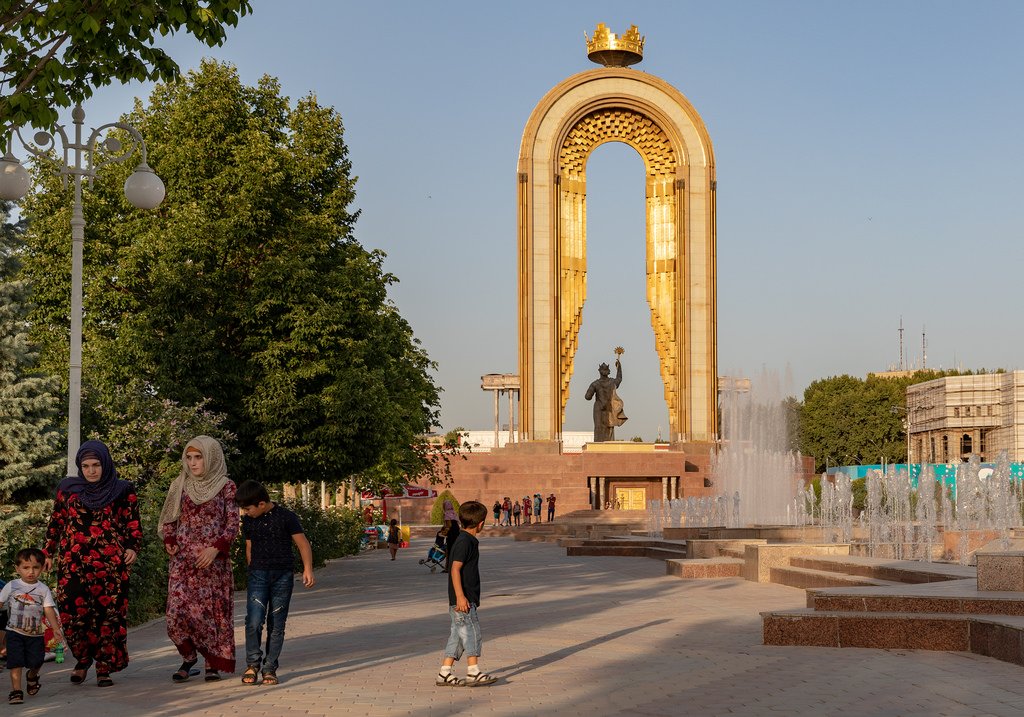
Although an external observer still tends to label the five major countries of Central Asia’s vast region (Kazakhstan, Kyrgyzstan, Tajikistan, Afghanistan, Turkmenistan, and Uzbekistan) as ‘Post-Soviet’, it might just be the wrong prism to use.
-
Creative Bishkek: Aida Sulova

Creative Bishkek: Aida Sulova is the second interview of the series introducing the lives and work of talented and creative people from Bishkek, who are helping to establish Kyrgyzstan’s capital as the region’s cultural hub Kyrgyz artist and curator, Aida Sulova, developed Bishkek’s leading art centre: Asanbay. She has helped produce public art in the…
-
Creative Bishkek: Maksat Sydykov

Maksat Sydykov reflects on his role in the world of contemporary Kyrgyz ballet.
-
The New Recommendation
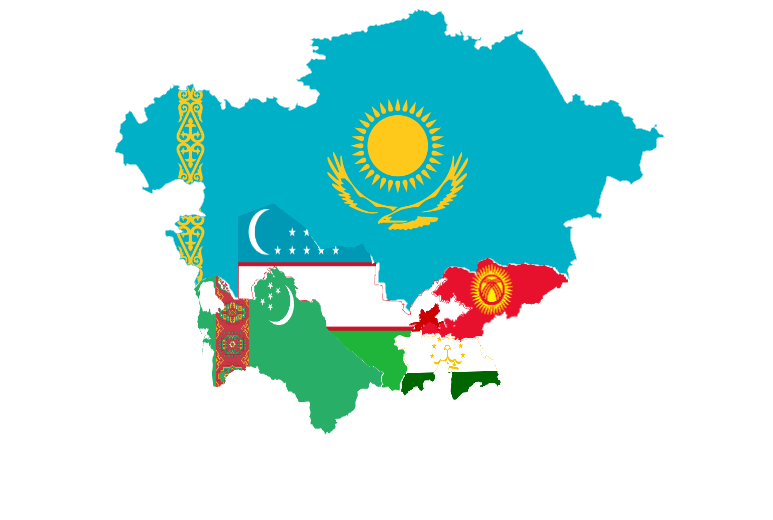
On the 5th of December, the Eurasian Council of Foreign Affairs (ECFA) published the recommendation for EU’s new strategy on Central Asia at the annual meeting in Cliveden House. As a student from Central Asia, I was extremely excited to be invited to the meeting as a part of the Central Asia Forum (CAF) delegation…
-
Central Asia Between Eastern Europe and the Developing Asia: Academic Invisibility from a World Systems Theoretical Point of View

World systems theory (WST) dates back to Immanuel Wallerstein, who developed his understanding on world power relations by building on Marxist concepts of capitalist world system and on the core-periphery models of dependency theories. WST suggests the division of the world (of anything) to central, peripheral and semi-peripheral agents. While most analysts used WST to…
-
An Optimist about Central Asia – and for Good Reason

Suma Chakrabarti is president of the European Bank for Reconstruction and Development I am, by temperament and outlook on life, an optimist. That makes me a strong enthusiast for all the different regions where the EBRD works. I am, however, particularly excited about the future of Central Asia – and not just because I was…
-
Baghdad, Crossroads of the Universe
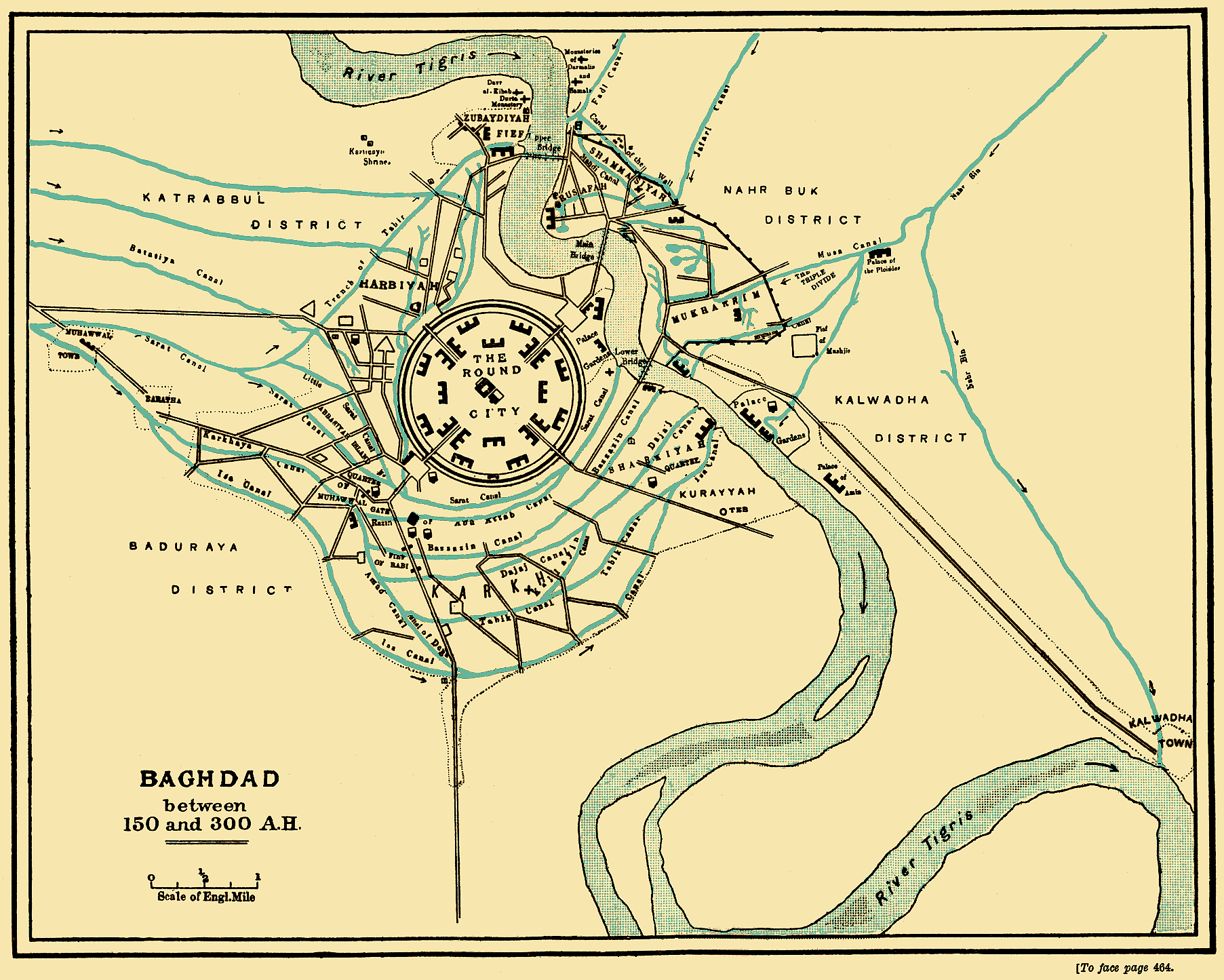
Baghdad – A City of the Silk Road By the river of Tigris, home of the mythical merchant and sailor Sinbad, Baghdad was at the heart of a complex network of trade routes and markets: the Silk Road. This is represented in the various sources and destinations of the trade activity of the city including…
-
A celebration of history and culture: the World Nomad Games
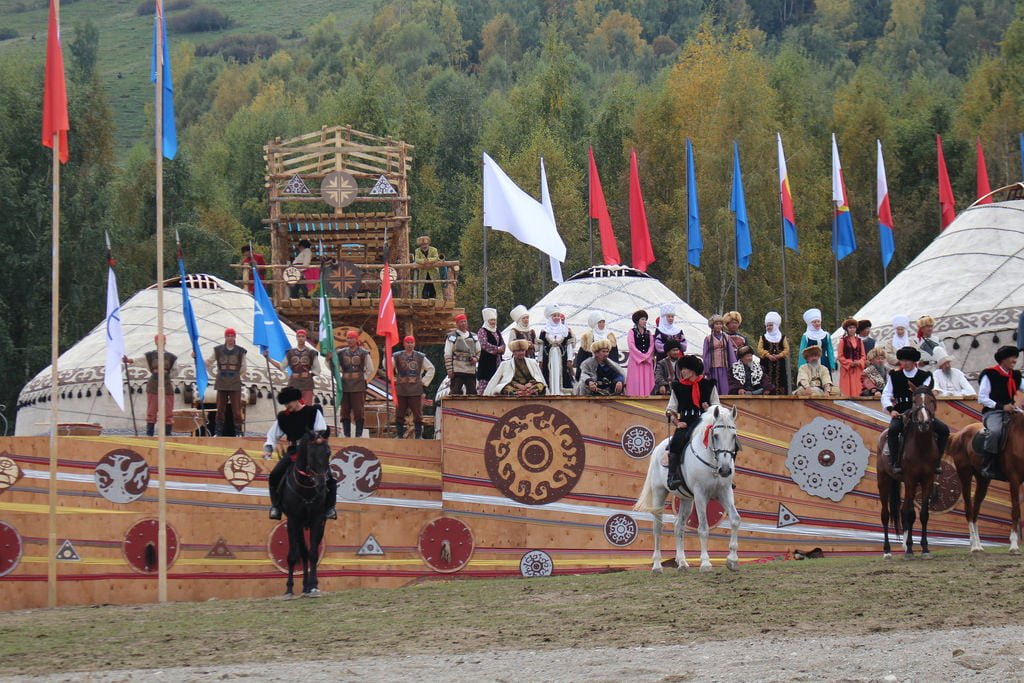
Nomadic culture leaves a deep and colourful imprint on Eurasian history. Nomadic empires first arose as shadow empires in response to the centralisation of China according to one of the main academic debates. On the eastern side of the steppe, necessity forced the nomads into creating a centrally-administered Mongolia to conduct potentially violent business with…
-
Walking in forgotten lands: conservation in Kyrgyzstan
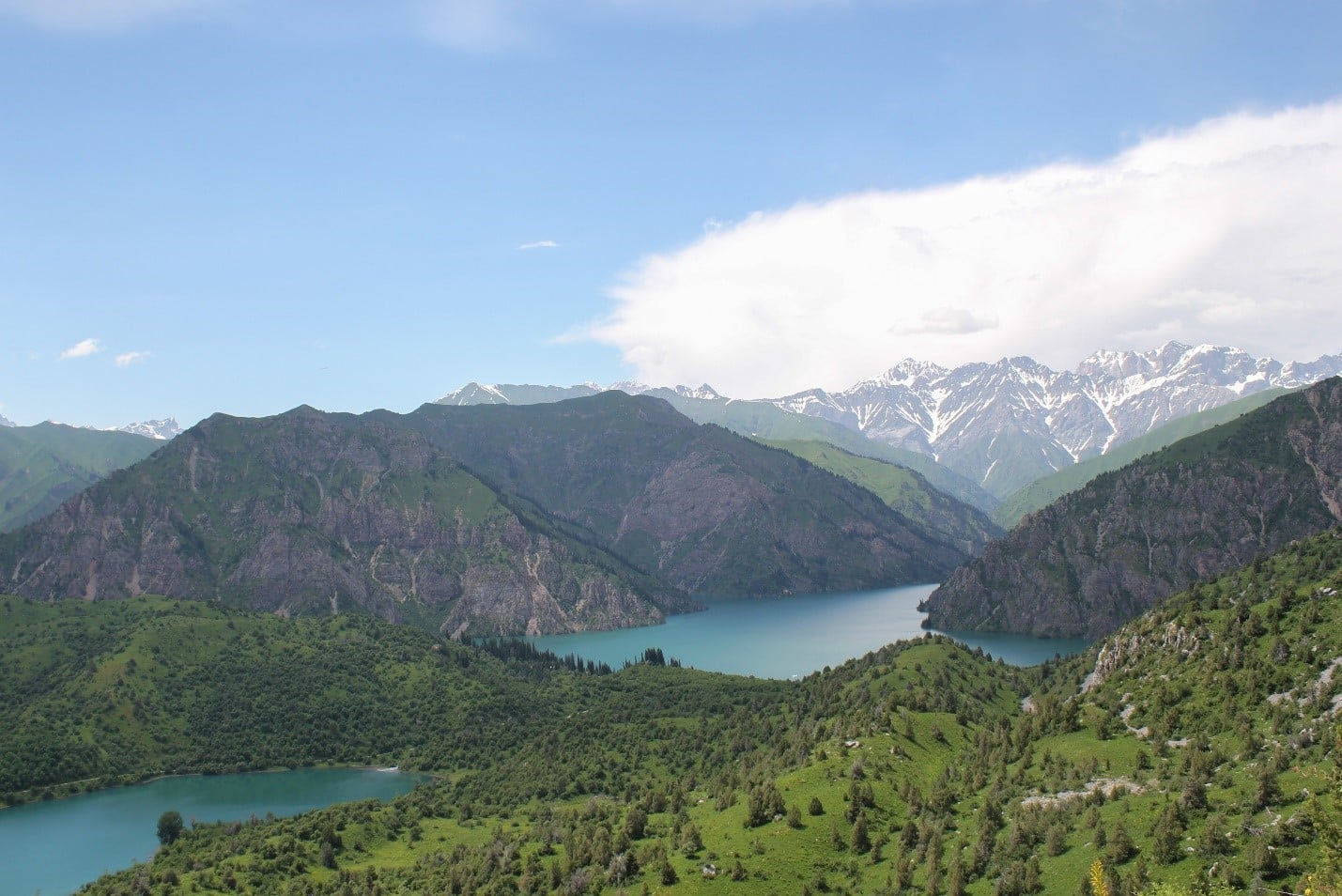
The rural climbs of Kyrgyzstan are legendary. They are also under threat. Brett Wilson has been working as part of an international effort to secure the future of Central Asia’s unique native flora.
-
The natural and unnatural wonders of Central Asia
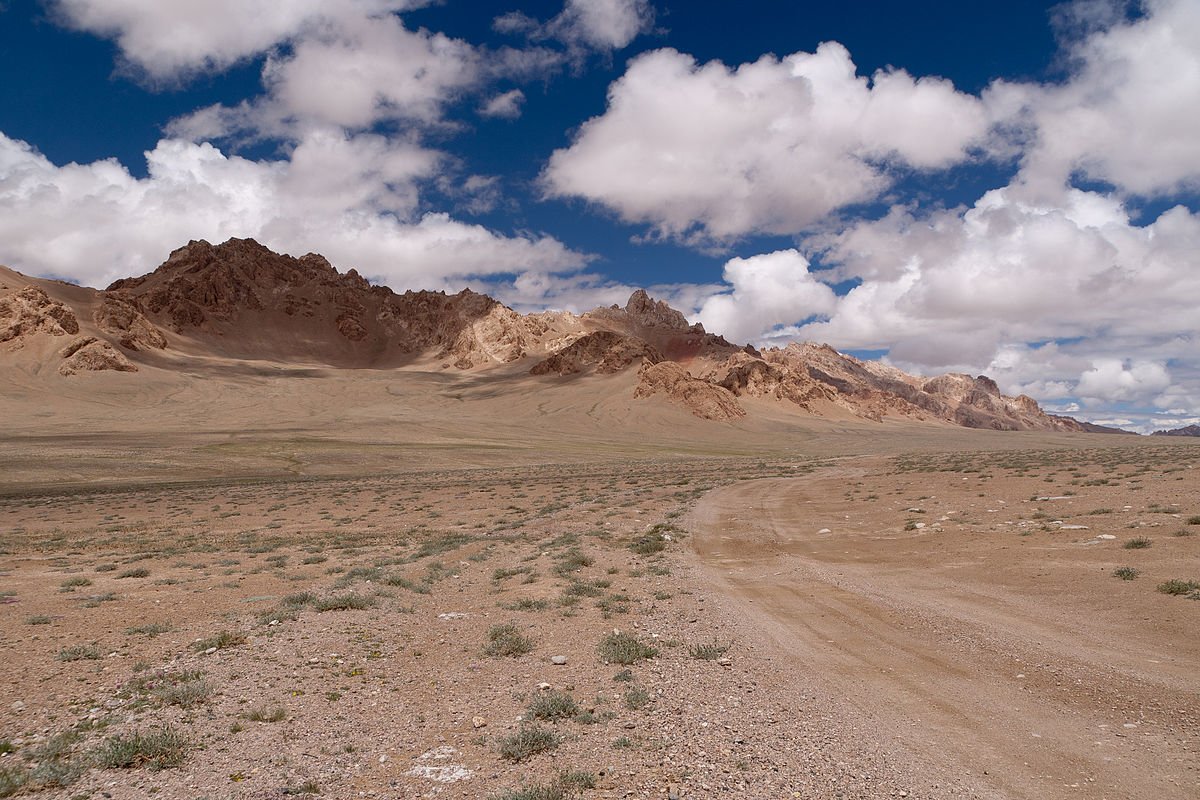
In terms of space, Central Asia has a lot of it. With a combined land area of 3,926,790 square kilometres, the Five Stans cover 2.63 percent of the world’s landmass. Although that is an area far larger than India, Central Asia has a population density of just eighteen people per square kilometre. India, by comparison,…